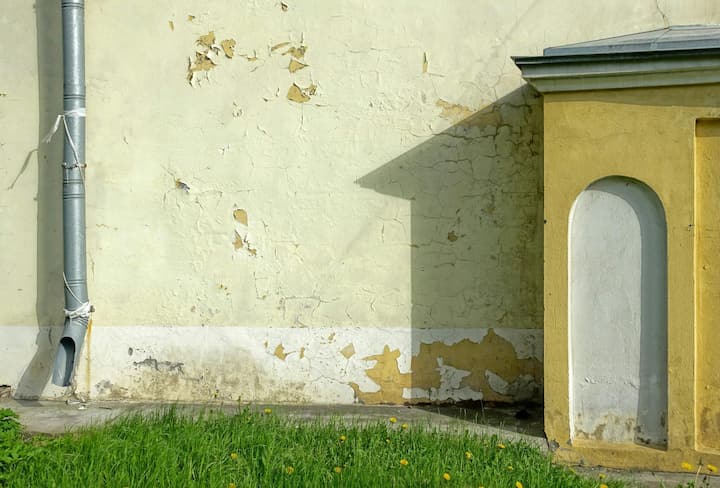
Expert Mold Damage Removal Services Near Me
Mold damage is a common issue faced by property owners, often leading to significant structural damage and health complications if not addressed promptly. Detecting and removing mold requires expertise and precision to ensure the safety and longevity of the affected area. For individuals seeking professional assistance, finding expert mold damage removal services nearby is crucial. This article delves into essential aspects of selecting the right mold removal services, ensuring a safe and effective resolution of mold issues.
Understanding Mold Damage
Mold thrives in damp and humid environments, often indicating underlying moisture problems within a building. It is essential to understand the implications of mold presence, which include:
- Potential health risks such as respiratory issues, allergies, and asthma.
- Structural damage to buildings, leading to costly repairs.
- Decreased property value if left unresolved.
Addressing mold damage promptly can mitigate these risks. Explore further insights here about the potential dangers and necessary precautions.
Key Qualities of Expert Mold Removal Services
When searching for professional mold removal services, consider the following essential qualities to ensure effective remediation:
Certification and Training
Ensure the service providers are certified and trained in mold remediation. This guarantees adherence to industry standards and effective mold removal techniques. Learn more in this detailed guide about certification requirements.
Comprehensive Inspection and Testing
A thorough inspection and testing process is crucial to identify the mold type and extent of the infestation. This step helps in devising a targeted removal strategy. Read more about this topic to understand the importance of mold inspection.
Use of Advanced Equipment
Expert services employ advanced equipment and techniques to detect and remove mold effectively. This includes the use of infrared cameras, moisture meters, and HEPA filtration systems. Find additional information here about the technology used in mold removal.
Steps in the Mold Removal Process
The mold removal process typically involves several critical steps to ensure thorough remediation:
- Assessment: Initial inspection to assess the extent of mold growth and underlying causes.
- Containment: Isolating affected areas to prevent mold spores from spreading.
- Removal: Safe and efficient removal of mold-infested materials.
- Cleaning: Use of specialized cleaning agents to remove mold spores from surfaces.
- Restoration: Repair and restoration of affected areas to their original condition.
Each step is critical to ensuring that the mold is completely eradicated and does not recur. Explore further insights here about the mold remediation process.
Preventing Future Mold Growth
Post-remediation, it is vital to address moisture issues to prevent mold recurrence. Consider implementing the following preventive measures:
- Regularly inspect areas prone to moisture, such as basements and crawl spaces.
- Ensure proper ventilation in high-humidity areas like bathrooms and kitchens.
- Fix leaks and plumbing issues promptly.
- Use dehumidifiers to maintain optimal indoor humidity levels.
For more detailed guidance on preventing mold growth, learn more in this detailed guide.
In conclusion, addressing mold damage effectively requires professional expertise and a comprehensive approach. By understanding the nature of mold damage and selecting qualified mold removal services, property owners can safeguard their health and maintain the integrity of their buildings. Read more about this topic to equip yourself with the necessary knowledge for effective mold management.